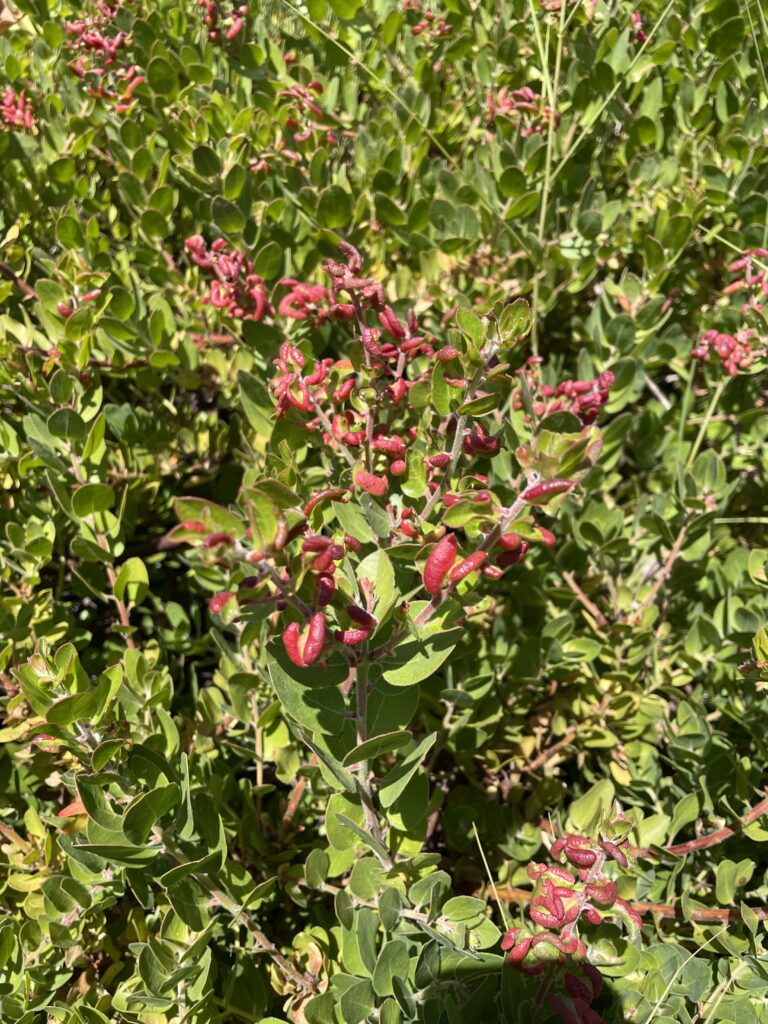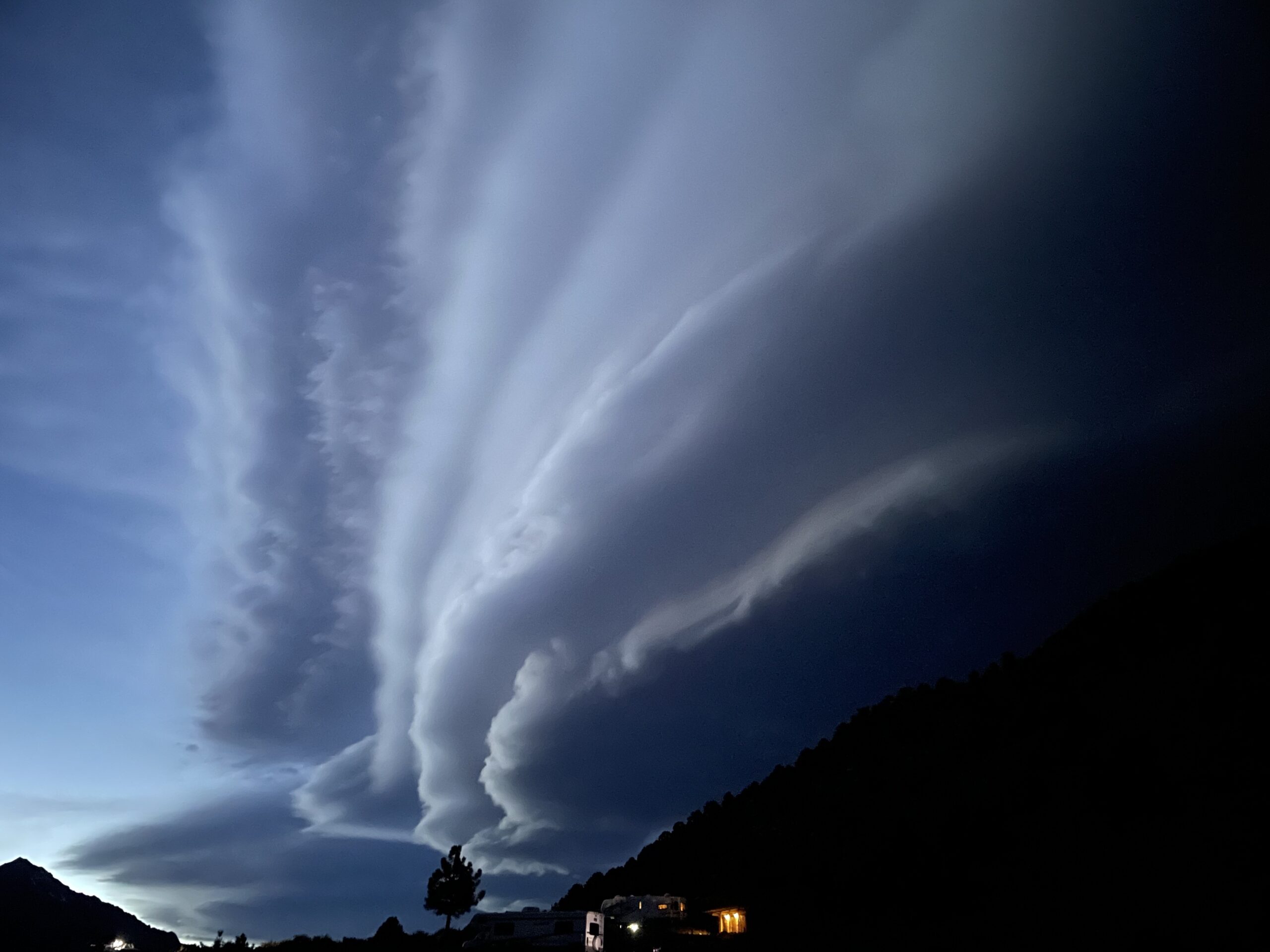June in the Natural Garden

The spring flew by, didn’t it? Hard to believe we soon will be dealing with long days, hot weather and our plants’ summertime water needs.
Current events, history, review, and notes
June – We are entering the summer season, though the lines between seasons are not as definitive as the lines separating the months. If we have cool weather into June, we are still in the Pre-summer weather of the transition month – May.
By review, we recognize six seasons in a year’s natural cycles.
Fall – October, November – rains commence, many garden tasks, fall flowers.
Winter – December, January – rain, short cool days, calming dormancy, winter flowers.
Spring – February, March, April – more rain, birds, butterflies, life abounds, abundant flowers.
Pre-Summer – May – farewell cool and moist, hello hot and dry, transition month.
Summer – June, July, August – judicious watering, long hot days, seeds, summer blooms.
Post-Summer – September – farewell hot and dry, hello cool and moist, transition month.
Watering
Our seasonal rainfall total currently reads 20.44”. The rain-year officially ends on June 30, so unless we get measurable rain this month, (unlikely) we’ll be happy with our above-average year as it stands. Our rains came in favorable intervals over a long season, providing deep soaks which made for healthy root systems. Our job in summer is to keep our plants happy. Here’s how:
Deep Soak – Provide the roots with the equivalent of 1-1.5” rain approximately every 3-5 weeks depending on your location and the weather. In many cases this would require running the sprinklers for 2-3 hours which is neither practical nor efficient. The alternative is to water on 3 consecutive days, running the sprinkler for approximately 30+ minutes per day, for a cumulative total of 1-2 hours, providing precipitation equivalent of approximately 1.5”. This water penetrates 14-18” and waters the roots in the cool, moist root zone where rot cannot thrive. Note: frequent shallow watering only soaks in 4-6” and keeps feeder roots near the surface, where soil temperatures are high and where root rot fungi thrive. Natives need deep infrequent watering. Deep Soaks should be done in the early mornings during cool periods, ideally in anticipation of a forecasted heatwave. A single Deep Soak is an irrigation “event.” By this definition, native plants only require about 5 irrigation events per year, many do well with even fewer.
Refreshing Sprinkles – Coupled with Deep Soaks, Refreshing Sprinkles keep the garden (and you) happy between irrigation events. Refreshing Sprinkles do not water the soil and do not directly benefit the roots. To do one, simply spray down your garden in the late afternoon, and spend 5-10 minutes wetting the leaves and the soil surfaces, effectively cooling everything down at the end of a hot day. You can do this 2-3 times per week or basically as often as you desire. The plants absorb some water through their leaves. They spend the night in cool comfort. You can turn the spray nozzle directly overhead and take a quick garden shower so you can feel what the plants are feeling. Do your Refreshing Sprinkles when the sun is low in the sky. The goal is to have the leaves dry before dark.
Related to Watering
For mature (established) natural gardens, the best way to test soil moisture is to dig a little inspection hole about 4-6” deep in the root zone of your plants. If the soil is dry 6” down, it’s probably time for a Deep Soak.
Pruning
Most pruning should have been done in April and May. Don’t do any heavy pruning in summer.


Weeding
Summer weeds may include warm season perennial grasses such as bermuda, or a grass-like plant called nutsedge. These tenacious weeds spread from underground stems and are virtually impossible to eradicate by pulling them out. They can be effectively eliminated with cautious use of contact, selective, systemic herbicides.
Mulching / Top Dress
Do not bring foreign material into the garden in summer. Allow the plants to create their own top dress by leaving the fallen leaves in place inside the drip zone.

Feeding
April/May was the best time to feed with organic fertilizer. If you live near the coast and the weather is cool, you can still feed safely until we get into consistent hot weather. Many natural gardens never receive any supplemental feeding and they do fine, but a light application of organic fertilizer in mid-spring and/or early fall benefits both garden and gardener.
Troubleshooting – Varmints, Pests and Diseases
The unsightly leaf galls on the tips of manzanita branches should be methodically trimmed off and discarded in the trash. Carefully cut one open and you’ll see the culprits, tiny aphids. Ants should be controlled because they spread scale, mealybug and aphids. Use horticultural soap sprays or a strong blast of water to remove aphids. Scale will need to be treated with Neem oil spray. Root rot (discussed in “Watering” above) becomes more problematic in late summer, but you can prevent it by deep watering now, before the heat arrives.


Annual Wildflowers
If your blooms are finished you can let most or all of the flower heads set seed before cutting or removing them. In many cases it works to just crumple up the dead annual plants, leaving mangled stems, leaves and seed heads as top dress and as the seed source for next year.
Adding New Plants
We’re fast approaching the season when more care must be taken in new plantings, as the long hot days can be hard on new plants. They need to be planted properly, and vigilantly watered through summer. Consider planting in shade or providing temporary shade to each new plant if we go into a heat wave. Planting near the coast is safe through June/July.

Phytophilia
Native plants, perfectly adapted to our environment with all its nuances, changes and surprises in the weather, are as ready as they can be for summer. We had a great rain year (in fact two in a row) and the first signs of summer are so far pretty mellow. I hear them saying “bring it on,” because they know as we do, that decent rain is 5-6 months away.
Re-wild
Pollinators and other beneficial insects need habitat and your garden might be their only refuge for miles around. Any pruning or late spring clean up you might do, should be accompanied with a mindfulness for our invertebrate garden allies. Watch for them. You’ll find that you will develop a keen eye for them and your awareness of their importance will increase.
Important Review
Late spring = early summer
DS with RS method for watering (by TOLN)
Check your soil moisture
Tenacious perennial summer weeds need aggressive control
No new mulch
No fertilizer now
Summer pests and pre-warning to root rot
Annual flowers now going to seed
New plantings in summer, be careful
Summer – “Bring it on.”
Engage
Hard to believe, the summer solstice is right around the corner. I believe it’s time to set out with a purpose. It has been said a certain level of happiness is achieved when you have at least two outings or recreation/restoration events on your calendar, or in the works as part of a definite plan. I believe that those plans should include forays into nature. As our summer garden tasks become fewer (mostly watering) we’ll have many opportunities to spend a little down time in the garden, as well as many free days (long days) to explore nature. Where will you spend your days near the time of solstice? And by the way, when you accomplish one of the two set events you had planned for your future, it will be time to plan a new event. And time to reminisce, ruminate, over the last one as well.

Let’s keep makin’ it.
From JUNE in the Natural Garden,
Mike Evans
Questions? Help is just one call or one email away. Call (949) 728-0685 or email (with pictures if you like) our special helpline: gardenhelp@californianativeplants.com